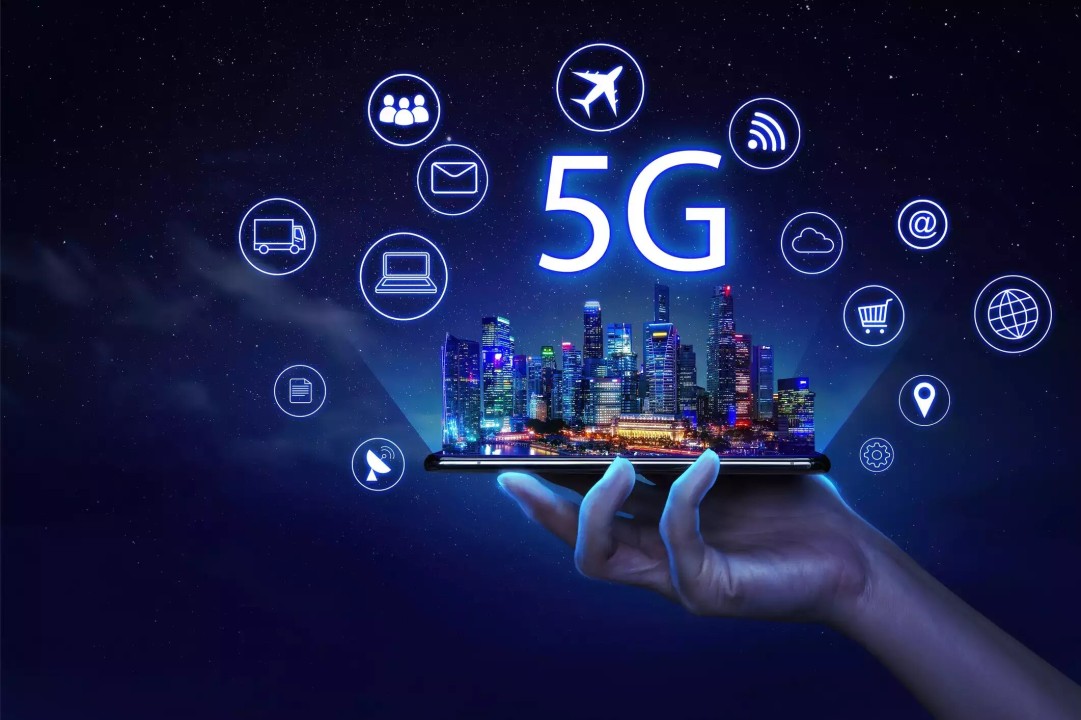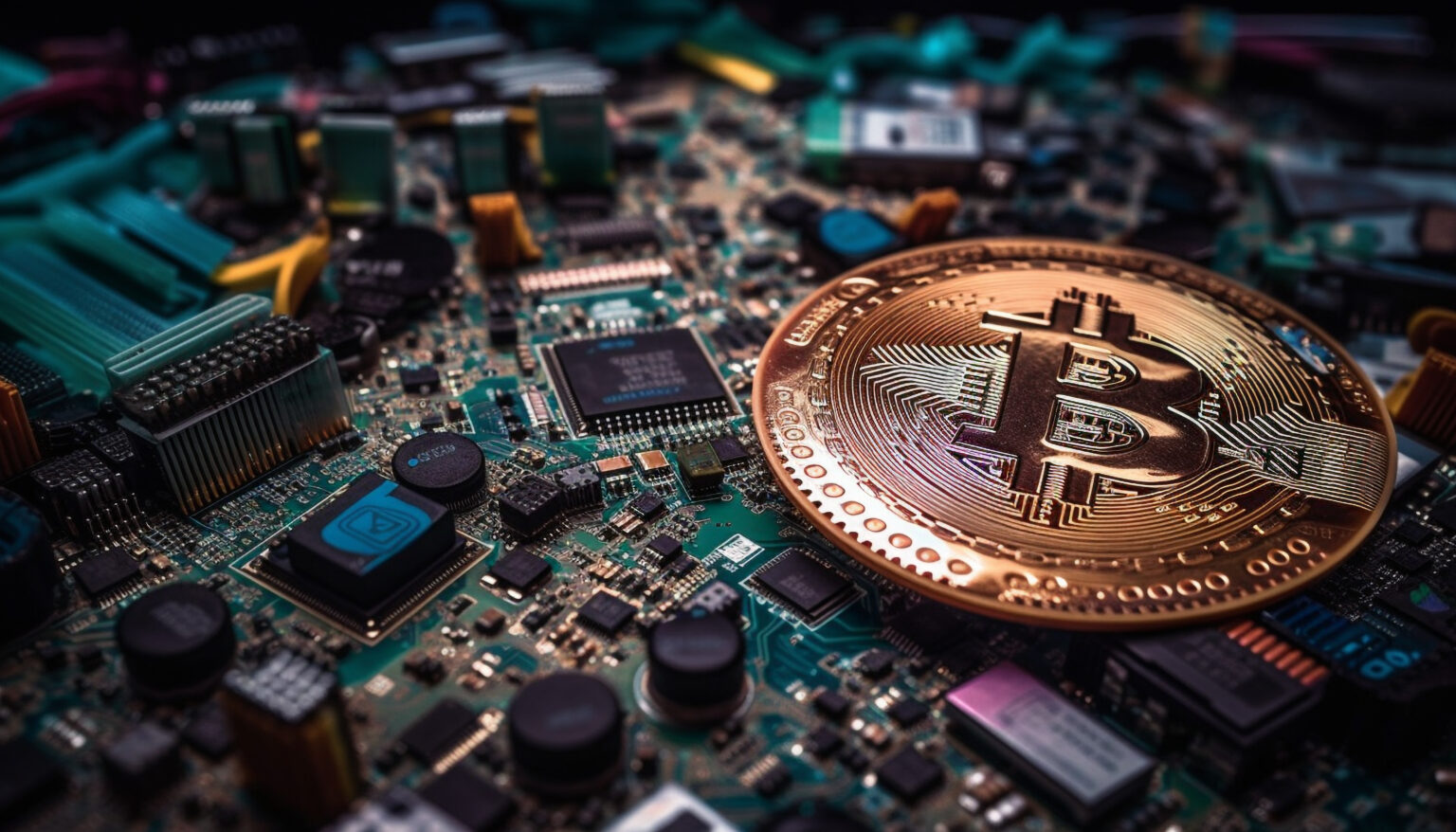The Advent of 5G Technology
In the ever-evolving landscape of telecommunications, the emergence of 5G technology stands as a pivotal moment, heralding a new era of connectivity and innovation. With promises of unprecedented speed, reliability, and low latency, 5G technology has the potential to revolutionize how we interact with the digital world and pave the way for transformative applications across various industries. As we delve into the intricacies of this groundbreaking technology, let us explore its profound implications for the future of connectivity.
At its core, 5G technology represents the fifth generation of wireless networks, succeeding its predecessors – 4G LTE and 3G. Unlike its predecessors, which primarily focused on delivering faster download speeds and improved network performance for mobile devices, 5G technology is designed to be a transformative platform that can support a wide range of applications beyond traditional mobile communications. With its ability to handle massive amounts of data at lightning-fast speeds and ultra-low latency, 5G is poised to enable a multitude of new use cases and applications that were previously impractical or impossible.
One of the most significant advancements offered by 5G technology is its potential to unleash the full potential of the Internet of Things (IoT). With its ultra-reliable and low-latency communication capabilities, 5G networks can support the massive proliferation of connected devices and sensors across various industries, from smart cities and industrial automation to healthcare and agriculture. Imagine a world where autonomous vehicles communicate seamlessly with traffic lights and other vehicles, or where remote medical procedures are conducted with surgical precision using robotic systems connected via 5G networks. The possibilities are virtually limitless.
Furthermore, 5G technology has the potential to revolutionize the way we experience immersive technologies such as virtual reality (VR) and augmented reality (AR). With its ultra-low latency and high bandwidth capabilities, 5G networks can deliver seamless and immersive VR/AR experiences with minimal lag or buffering, opening up new possibilities for applications in gaming, entertainment, education, and beyond. Whether it’s exploring virtual worlds, attending virtual concerts, or participating in virtual meetings and training sessions, 5G technology promises to redefine the way we perceive and interact with digital content.

In addition to its transformative impact on consumer experiences, 5G technology also holds immense potential for industries such as healthcare, manufacturing, transportation, and energy. In healthcare, for example, 5G-enabled remote monitoring and telemedicine solutions can provide real-time health data and enable remote consultations and diagnostics, enhancing access to healthcare services and improving patient outcomes. In manufacturing, 5G-powered IoT devices and robotics can revolutionize production processes, enabling real-time monitoring, predictive maintenance, and automation of tasks. Similarly, in transportation, 5G-enabled connected vehicles can communicate with each other and with roadside infrastructure to improve safety, optimize traffic flow, and enable autonomous driving capabilities.
However, the widespread deployment of 5G technology also presents challenges and considerations, particularly concerning infrastructure, spectrum allocation, and security. The roll out of 5G networks requires significant investment in new infrastructure, including small cells, fiber-optic cables, and base stations, to ensure adequate coverage and capacity. Moreover, the allocation of spectrum for 5G services and the mitigation of interference from other wireless technologies pose regulatory and technical challenges that must be addressed.
In conclusion, 5G technology represents a quantum leap forward in the evolution of connectivity, offering unparalleled speed, reliability, and low latency that will unleash a wave of innovation and transform industries and experiences. From enabling the Internet of Things to revolutionising immersive technologies and empowering new applications in healthcare, manufacturing, and transportation, the potential of 5G technology to revolutionise connectivity for the future is truly profound. As we stand on the cusp of this trans formative era, let us embrace the opportunities and challenges that lie ahead and harness the power of 5G technology to create a more connected, intelligent, and sustainable future for all.



